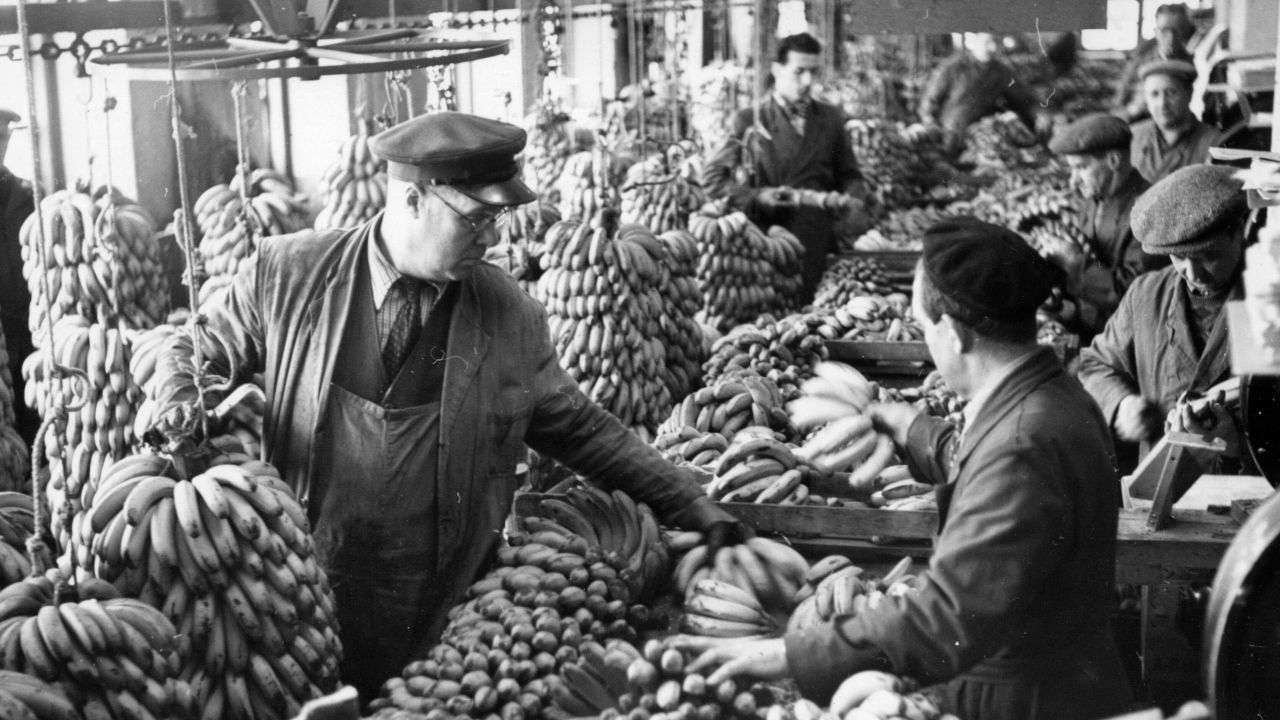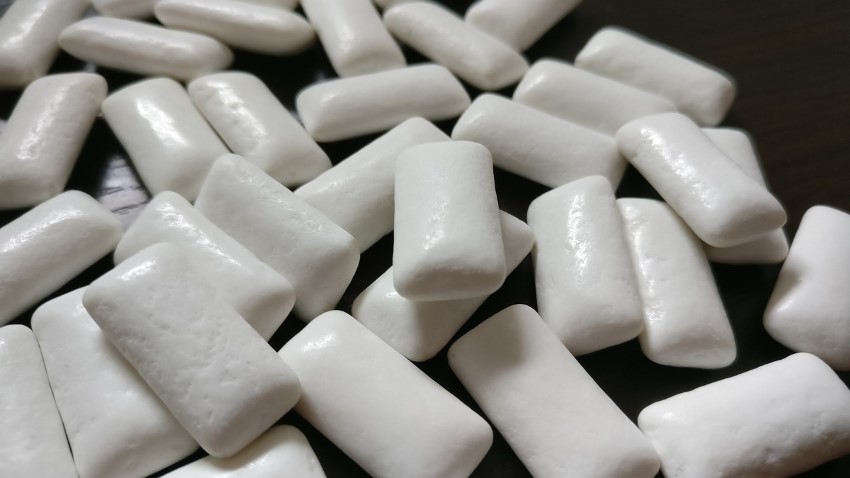No more bananas? Seems impossible. But there’s a very real possibility that bananas — along with other key produce items – could simply disappear in the next few years.
Think it couldn’t happen?
It already has.
If you’re under 60, you’ve probably never eaten what would once have been considered the “true” banana, a variety called the Gros Michel – “Big Mike” — that was dominant in the industry from the time it coalesced in the late 1800s until the 1950s. Hundreds of thousands of acres in Central and South America were planted in the Gros Michel, which reportedly had more “banana flavor” and a thick skin that made it less prone to bruising than the current Cavendish variety.
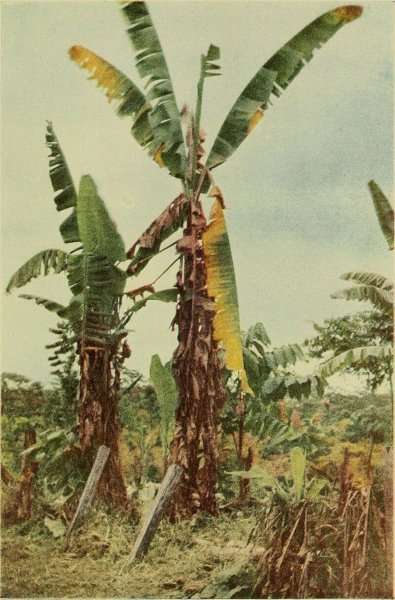
A colorized photo from 1919 showing Gros Michel banana trees with “Panama Disease”
But monoculture – planting just a single variety or cultivar of any crop – creates vulnerability. The Gros Michel was especially susceptible to the bacteria Fusarium oxysporum f.sp. cubense – then called “Panama Disease” – which first popped up in the 1890s.
In fact, the 1920’s song “Yes, We Have No Bananas” was the result of a Fusarium-caused shortage. By the 1950s, Fusarium had wiped out the Gros Michel. It is still grown in Asia, where the infection never took hold. But the Fusarium-resistant Cavendish became the banana standard here and in Europe.
And now guess what? Fusarium has mutated into a new strain that’s attacking the Cavendish crop. The race to save it is on. Researchers have created genetically modified strains that are resistant to Fusarium – but a GMO label is almost so much of a black mark in the public eye at the moment that the fight to bring those to market seems a dicey proposition at best.
It’s Not Just Bananas…
It seems likely that consumers will just have to get used to having a different variety of banana as a mainstay.
There are other crops at risk in a steadily warming world. Whatever the cause of that warming, it will impact agricultural production at home and abroad.
Anthony Atlas, VP of Product for Ceres Imaging in San Francisco, has a literal birds-eye view of all this happening. Ceres Imaging is an agriculture technology company that does airborne, science-backed remote sensing/spectral imaging to provide insight into crops — water stress, pests/disease stress, nutrient status — that can detect changes in plants 7-12 days before they can be seen with the naked eye.
“I’m on the ground, I’m just trying to help,” Atlas told SPW. “So my thought is like, I don’t even care what the cause is, I just see it happening, everybody sees it happening on the farms and they see the challenges. No matter what is causing it, whether it’s man-made or a cycle, it’s changing and changing rapidly. When you go to enough places and see what’s happening, it’s undeniable.”

Anthony Atlas
76% Of Americans Worry About Farming’s Future
To call attention to the problem, Ceres commissioned a consumer poll to gauge awareness of crops that are threatened by a warmer planet. A survey of more than 2,000 U.S. adults, conducted by Propeller Insights in January, shows that Americans are concerned about the national and global implications of climate change—particularly water scarcity—and how it will impact the American farming industry and the cultivation of their favorite crops.

Threatened?
More than three-quarters of Americans (76 percent) are worried about the state of farming in the United States today. The top concern is that climate change will affect production (59 percent).
And, although Americans under the age of 55 are significantly more concerned about climate change (62 percent) than are Americans age 55+ (43 percent), the generations are more or less united, at 43 percent, in their concern over how water scarcity will impact the American farming industry. Americans living in the Western United States are particularly concerned (54 percent).
Meanwhile, the vast majority of Americans (86 percent) are concerned about water scarcity on the larger scale and do believe it will impact American crops in some way. More than half (59 percent) believe this will happen within the next 25 years; 81 percent believe water scarcity will impact global food supplies within the century.
Americans also feel that water scarcity is the greatest threat to wine growers (52 percent) and almond growers (48 percent) and the second-greatest threat to fruit growers (57 percent).
When it comes to other major threats to their favorite crops, Americans worry about fires (39 percent), pests (38 percent) and diseases (37 percent) interfering with wine production; pests (41 percent) and diseases (36 percent) interfering with the cultivation of almonds and other nuts; and fruit growers contending with pests (58 percent) and diseases (48 percent).
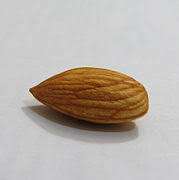
What We’re Worrying About
As for endangered crops that Americans are most worried about:
- Bananas top the list (45 percent), followed by chocolate (38 percent) and almonds (28 percent)
- Americans living in the West (32 percent) and the South (28 percent) are more concerned about almonds than Americans living elsewhere (25 percent)
- Millennials (age 18-34) are more concerned about wine (23 percent) than Americans in other age groups (14 percent)
- Americans in the Northeast are more concerned about wine (21 percent) than Americans living elsewhere (16 percent)
“Generally, the America public knows so little about what the American farmer is facing and there’s a big disconnect and a lot of misunderstanding – it’s a nice thought to get everybody engaged with these kinds of questions,” Atlas says. Climate is “one of those interesting things we all deal with, we all talk about it, no matter where you are you talk about it with your neighbors and kids, farmers talk about it with each other, so it’s a natural starting point.
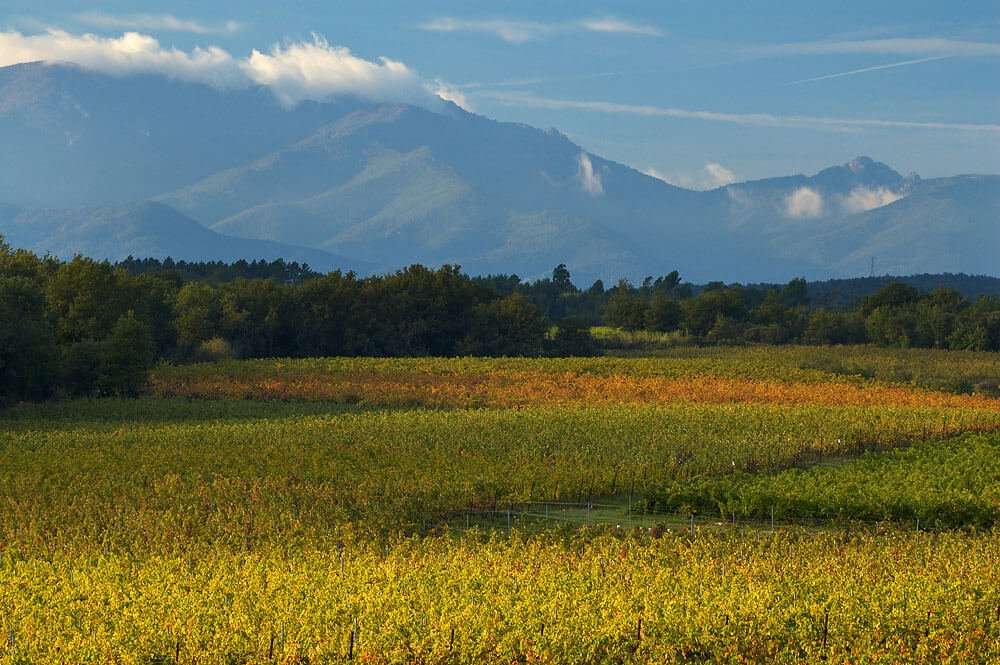
A vineyard in southern France. (Photo by Mick Stephenson)
“Maybe this is just a jumping off point for getting that dialogue going. We get a lot of grants and funding from the government, that helps us help people manage inputs better. It’s a good use of money because your public is worried, your growers are worried, and you can actually help people when you use technology to respond to these issues.”
On a recent trip to France, Atlas found out that hotter temperatures are creating grapes that lead to a higher alcohol content in wine. Not the worst problem in the world, but for regions that have loaned their names to classic wines like Burgundy and Bordeaux, it’s a major issue.
Knowing Inputs Is A Marketing Issue
Atlas also spent several months in the Midwest last year. He was surprised by a grower who told him that “almost out of nowhere, people are talking about sustainability.” In part, knowing more about what you grow and the inputs required is becoming a marketing issue.
“Buyers want to know how much water is going into XYZ – are you not going to be able to sell your grain somewhere if you don’t know that? That’s a real link here about the pressure from the buyer side on the market,” Atlas says.
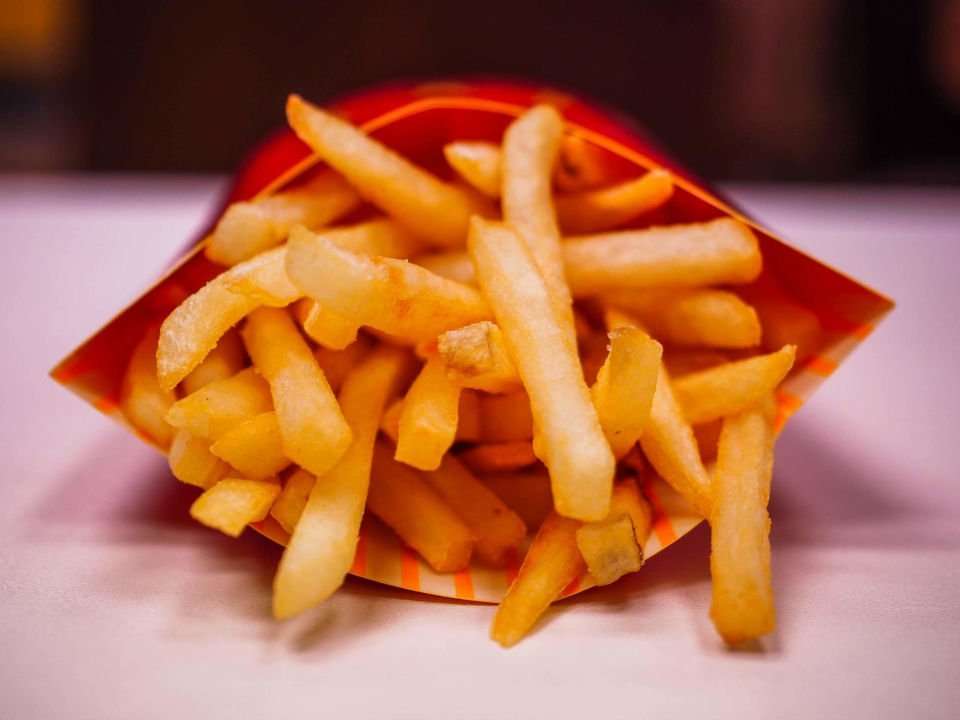
“If McDonald’s says, ‘Our potatoes need whatever it is on the ground in the crop in these fries, that’s what our top dollar is going to go to,’ people have to respond to get that top dollar. You’ll see that with vegetables like potatoes and different varieties of almonds that are preferred by the public but have less water consumption.”
Technology and social media are making it a much easier process to share information and do so quickly.
Rules Of The Game Are Changing
Ceres’ mission is to help growers detect problems before they’re visible to the naked eye, when a remedy might still be found. Managing inputs and responding to changing conditions are the hallmark of farming. The Ceres’ survey was an effort to take a temperature reading of how the public perceives the problems of farmers.
“We’re curious if these are the kind of things people are thinking about, and we see this general disconnect from agriculture and the general population,” Atlas says. “The only thing that’s certain is things are going to be uncertain and there’s going to be a lot of change. [A changing climate] creates other challenges and it’s a compounding issue.
“People appreciate the challenge farmers are faced with, the weather is changing and it’s changing your job, it’s changing the rules of the game, and you’ve got all new threats, pests and diseases, a cold spring where seed sits in the ground – these issues lay on top of each other and make it a really difficult job to do. And you’ve got to feed everybody.”

